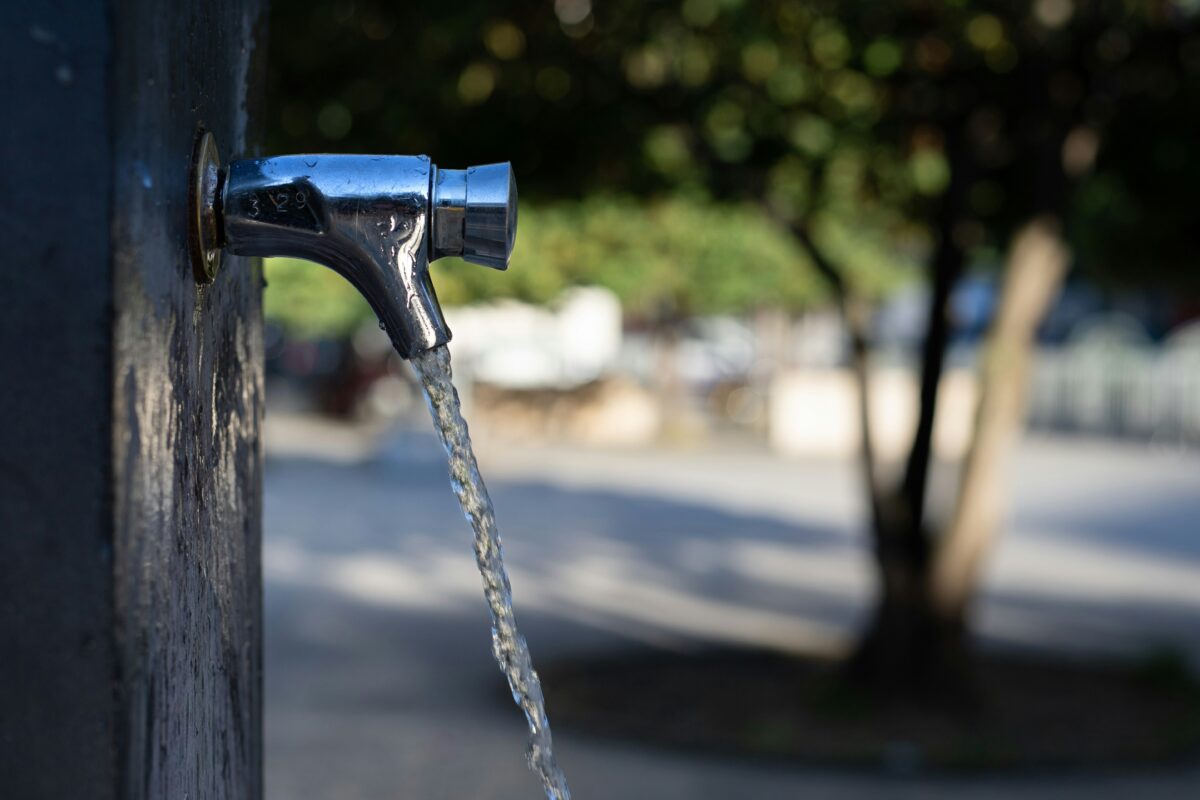Boston University has a large population of students, faculty, staff, and visitors, making it a great consumer of water. From July 1, 2005, to June 30, 2006, Boston University’s total water withdrawal was 435 million gallons. Still, Boston University is committed to becoming more environmentally conscious, and one way is through efforts to improve water consumption and management. From July 1, 2018, to June 30, 2019, Boston University’s total water withdrawal was reduced to 405 million gallons. This is a significant first step toward reducing Boston University’s water consumption. However, campus-led sustainability initiatives continue to address this issue as reducing water consumption remains a priority.
Boston University is simultaneously updating and renovating its buildings to meet sustainability benchmarks like Leadership in Energy and Environmental Design (LEED) and Sustainability Tracking, Assessment & Rating System (STARS) certifications. LEED is the most commonly adopted rating system for green buildings worldwide, establishing guidelines for constructing environmentally friendly, energy-efficient, and cost-effective buildings. LEED promotes sustainability while delivering social and governance benefits.
By contrast, STARS is a self-reporting tool designed for colleges and universities to evaluate their sustainability efforts transparently. STARS involves and acknowledges many higher education institutions, from community colleges to major research universities. STARS provides a framework that supports long-term sustainability objectives for institutions already excelling in conservation and opportunities for recognizing newly sustainable institutions.
Using LEED and STARS, Boston University students Rachel Hull and Manpreet Singh worked with faculty mentor Dr. Mahesh Karra to investigate water consumption and mitigation efforts here at Boston University. Their project aimed to assess water usage across Boston University’s three campuses: Charles River Campus, Medical Campus, and South/Fenway. The research analyzed infrastructure data from 2006 to 2023 to create policy recommendations for reducing per-capita water consumption.
Phase one, completed in the summer of 2023, examined building-level details such as age, renovation history, size, type, and LEED certification. Phase two implemented additional information, including data on water fixtures, consumption costs, pipe infrastructure, and sustainability certifications. The primary objective was to identify significant sources of excessive water use and offer strategies for mitigating them. These objectives would help Boston University lower consumption while continuing to meet green certification standards during its expansion.
The project’s two phases provided valuable insights into water consumption, conservation, and infrastructure at Boston University. Phase one established a foundation by analyzing key building characteristics, while Phase two deepened the researchers’ understanding with detailed data on water fixtures and plumbing systems. Together, these phases revealed the primary sources of excessive water use and highlighted improvement opportunities.
The research team created a comprehensive model of water consumption patterns, highlighting infrastructure factors that contribute to higher usage. Over time, water consumption and Water Use Intensity (WUI) trends were identified. WUI measures a building’s water use in relation to its size, function, and other characteristics. Measured in gallons per square foot per year, WUI values can be compared to improve water consumption and mitigation efforts.
This research revealed some preliminary findings. For one, there has been a gradual increase in overall water consumption across Boston University’s campuses from 2006 to 2022. The steady rise in water use suggests growing demand, which could be linked to factors including more students, new buildings, or increased campus activities. This information helps identify where water is used most and can guide efforts to improve conservation, such as upgrading to water-efficient fixtures or encouraging water-saving habits.
An additional finding was that certain building features significantly influence how much water is used in different buildings. These features are the type of building and the date of its most recent renovation. Understanding these influences can help identify which buildings need upgrades or retrofitting to improve water efficiency. Targeted conservation measures can be implemented by focusing on older buildings or those with less efficient designs, such as modern plumbing fixtures or intelligent water management systems.
Furthermore, on the Charles River Campus, total water usage and water consumption intensity have generally declined over the years. This suggests that implemented strategies, such as improved infrastructure or awareness campaigns, are working. This trend can be leveraged to further enhance conservation by identifying successful practices and scaling them across other campuses or buildings. Continued monitoring can help refine these approaches and ensure ongoing reductions in water use.
Lastly, a notable connection between green building certifications and water consumption is explained by certifications that often influence water efficiency and sustainability practices. This can guide future construction or renovation projects by encouraging the adoption of green certifications. This way, Boston University can further reduce water use, enhance conservation efforts, and promote a culture of sustainability across its campuses. This approach conserves resources and sets a standard for future developments.
Sources:
Association for the Advancement of Sustainability in Higher Education. (n.d.). STARS: The sustainability tracking, assessment & rating system. https://stars.aashe.org/
Boston University. (2021, October 7). OP-21: Water use [Sustainability report]. Association for the Advancement of Sustainability in Higher Education (AASHE). https://reports.aashe.org/institutions/boston-university-ma/report/2021-10-07/OP/water/OP-21/
Boston University Institute for Global Sustainability. (n.d.). Research projects. https://www.bu.edu/igs/research/campus-climate-lab/research-projects/
U.S. Environmental Protection Agency. (n.d.). What is water use intensity (WUI)? https://www.energystar.gov/buildings/benchmark/understand-metrics/what-water-use-intensity-wui
U.S. Green Building Council. (n.d.). LEED rating system. https://www.usgbc.org/leed

